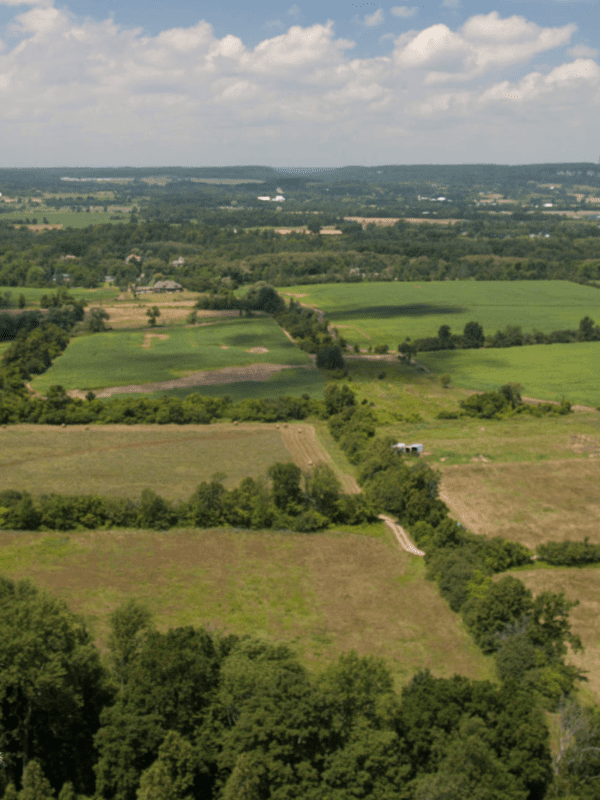Homes for 1.4 million more needed in Toronto by 2051, while other communities must quickly transform low-density suburbs into complete communities
Toronto | Traditional territories of the Huron-Wendat, the Anishnaabeg, Haudenosaunee, Chippewas and the Mississaugas of the Credit First Nation – This October, it will be up to municipal election voters to protect Ontario’s environment. Environmental Defence says quickly building a lot more homes within the province’s existing post-WWII suburbs is the top priority, and today released its first two Environmental Platforms. They cover Toronto and 905 municipalities, and are designed as the environmental litmus tests for municipal candidates and voters in those elections.
Municipal and regional governments – including those like Toronto without “white belt” farmland and forests of their own – must fight climate change and prevent the loss of farmland and natural areas to sprawl by directing the province’s new homes and workplaces to their existing “single detached” neighbourhoods instead.
“Quickly welcoming a lot of new homes to established neighbourhoods is an essential tool to fight sprawl,” said Phil Pothen, Ontario Environment Program Manager at Environmental Defence. ”But committing to accommodating a lot more people in existing Scarborough, Brampton, Orleans, Pickering and Oakville subdivisions is also key to delivering on our other environmental “Litmus Test” commitments, like cost-effective top-quality public transit, a quick rollout of cycling and pedestrian infrastructure, and ultimately shifting the majority of our day-to-day travel away from cars and SUVs.”
Environmental Defence has consistently opposed attempts by pro-sprawl politicians to greenwash NIMBYism and sprawl by concocting pseudo-environmental objections to welcoming more housing in denser and lower-cost forms to existing low-rise and relatively low-density neighbourhoods.
“The tremendous environmental damage and environmental injustice caused by keeping residential streets off-limits for walk-up apartments and townhomes vastly outweighs any impacts of reduced building setbacks, increased pedestrian noise, interrupted “sky views”, shadows, or other local changes that might result from welcoming them,” added Pothen.
Environmental Defence’s proposals align closely with those advanced by housing advocates like More Neighbours Toronto to help address the shortage of urban housing, which has often dominated headlines in recent months.
“Enabling the wave of new market and non-market homes we’ll need to house people who want to live in Toronto, for example, is also looking like our last best chance to improve 416 and 905 suburbs from an environmental point of view,” said Pothen.
Environmental Defence also called on municipal governments across Ontario to reject mega-highways like Highway 413, and use their bylaw and spending powers to oppose climate change causing fossil gas electrical generation and fossil gas heating and cooking for new homes.
For information about what makes a strong environment platform for Toronto, click here
For information about what makes a strong environment platform for 905 municipalities, click here
ABOUT ENVIRONMENTAL DEFENCE (environmentaldefence.ca): Environmental Defence is a leading Canadian environmental advocacy organization that works with government, industry and individuals to defend clean water, a safe climate and healthy communities.
– 30 –
For more information or to request an interview, please contact: Allen Braude, Environmental Defence, abraude@environmentaldefence.ca







